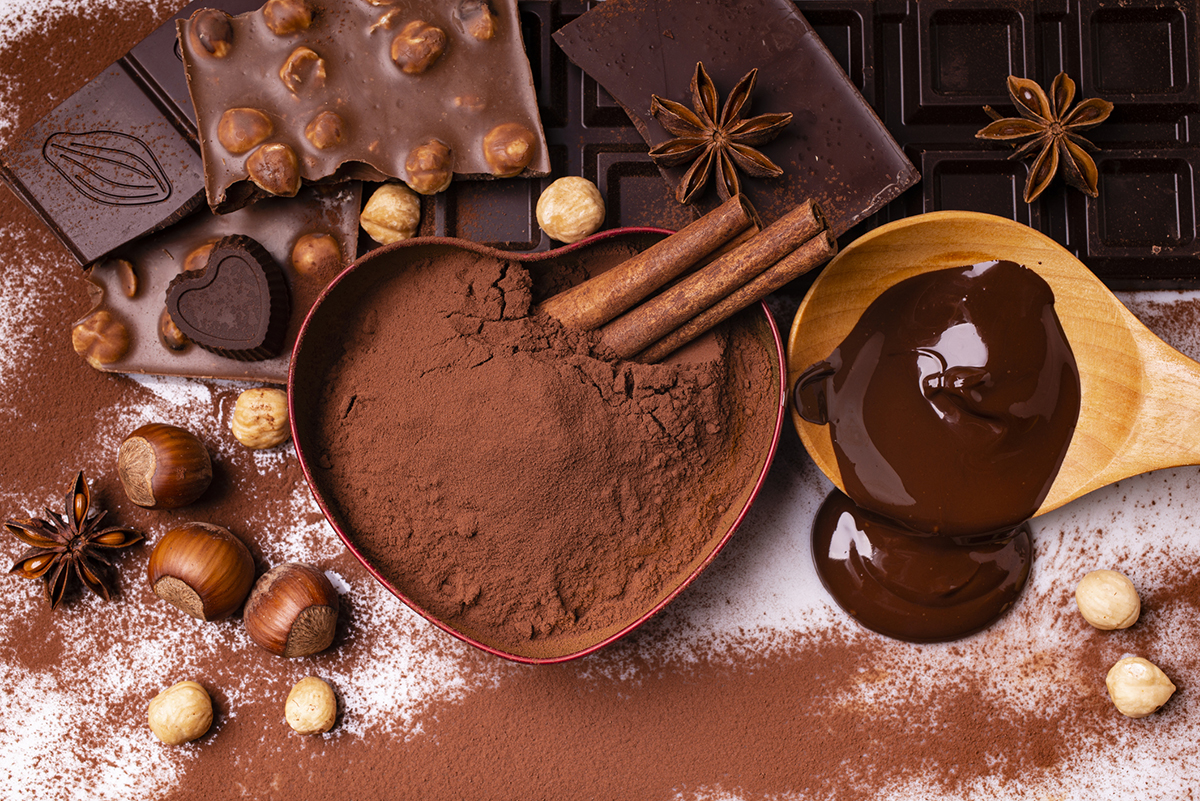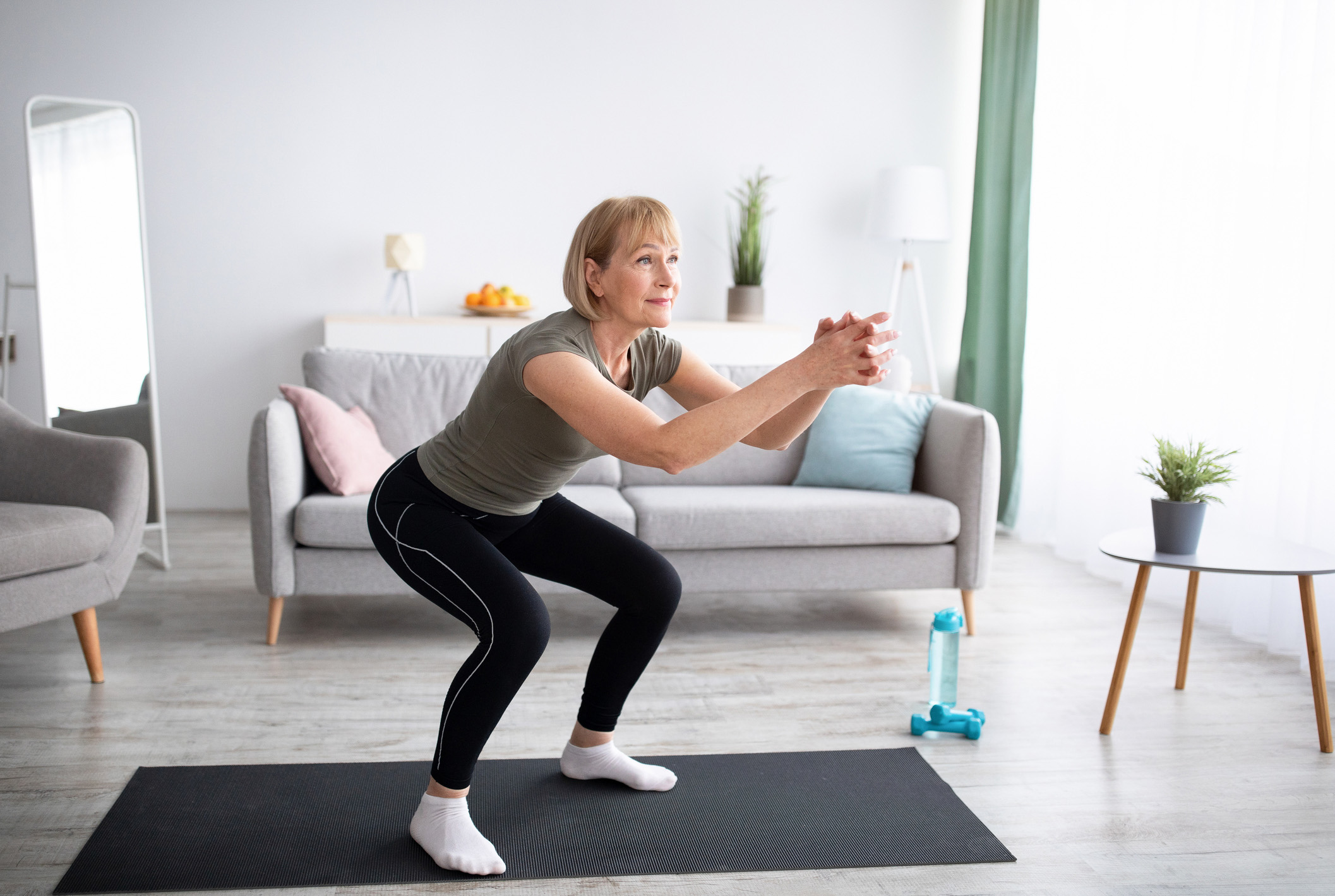I just completed the Smith Point Triathlon, which consisted of a 1/3 mile open water swim (around 20 laps in a standard 25-yard pool), a ten-mile bike sprint, followed by a 5 kilometer (3.1 mile) run.
I was happy with my performance, moving up to 4th place out of nine contestants in the 65-69 men’s age group from 6th in the same race in 2018; I improved my time by four minutes.
Only three athletes older than me competed out of a field of 332 (including a 77-year-old man and an 83-year-old woman!), so I was happy to just still be in it. I am slow, but make up for lack of natural talent with tenacity.
But most remarkably, I wasn’t destroyed. I scanned all my parts after the race and feet, knees, hips, back, shoulders, neck were just minimally sore—no more than an ordinary workout. And my body is a roadmap of previous injuries and pain syndromes, thankfully resolved.
They say when it comes to training for endurance events, you’re only as good as your recovery.
Sustained exercise is very catabolic, meaning it puts mechanical and metabolic stress on the body. That stress, if judiciously applied, leads to an adaptive increase in muscle strength and stamina. But, if you go into the red zone, the body’s reparative capacity is overwhelmed, and soreness and injuries occur.
Free radicals and lactic acid accumulate in the wake of exercise, leading to DOMS (delayed onset muscle soreness). Leaden legs and arms curtail regular workouts.
Overtraining syndrome is well-characterized in sports science. You feel “wired but tired” and you can experience lightheadedness and brain fog —I’ve been there. One clue to overtraining syndrome is elevated resting heart rate on awakening. There are also wearables like the Apple Watch, Garmin sports watches, the Oura Ring and WHOOP that calculate heart rate variability (HRV) as a metric of athletic burnout.
I attribute some of my speedy mending to consistent, moderate workouts, encouraged by the boredom of a year of enforced pandemic lockdown. I was able to resume a schedule of moderate recovery swims, bike rides, and runs within a couple of days of triathlon Sunday.
Here are some additional things that I think made a difference for me.
Turmeric: I decided to really pour on this anti-inflammatory nutraceutical a month before the race. I think it gave me a decisive edge. The slight knee soreness that threatened to derail my running and biking abated. My favorite brand: Turmeric Liposome Complex from FuturePharm. It’s rich in curcuminoids and the liposmal delivery system amps up its bioavailability. I’ve taken curcumin before, but I haven’t noticed such dramatic results with other brands/forms.
Tart Cherry: Studies substantiate its exercise recovery benefits: “Tart cherry concentrate may enhance endurance exercise performance via its low glycemic index, anti-inflammatory and anti-oxidative capacity, and blood flow enhancing effects.” I’ve been putting a few dollops of concentrate in my water several times daily. Look for brands without added sugar and dilute it about 10:1.
CBD: I massage extra strength CBD balm into sore muscles; I swear it makes a difference. Research is limited but there’s no question that CBD has an impact on pain. I hedge my bets by taking CBD orally, which improves sleep quality—also a key element in recovery.
Adaptogens: Exercise is a stress; adaptogens counteract it by keeping cortisol in check. Excess cortisol production is a hallmark of overtraining syndrome. My favorite adaptogen is ashwaganda. Sure enough, researchers report that ashwaganda supplements improved strength, cycling performance, and facilitated recovery in recreationally-active young men.
Cold: After a long bike ride or run—or a “brick workout” combining both—one of my favorite things is to immerse myself in cold water at the seashore. Failing that, I apply ice to sore parts. Some athletes prefer serious cold immersion in ice baths, which are a thing in training centers and some spas and gyms. Brrrr!
Rollers: If you can’t access professional massage, use foam rollers on achy muscles to mobilize lymphatic flow which speeds elimination of toxic byproducts of exertion. The MELT Method offers kits of small balls of various hardness which are pressed to relieve soreness in hands and feet. As the song goes: “It hurts so good!”
Anti-Inflammatory Diet: I’ve been eating especially carefully as a leadup to race season. In the past, I’ve used exercise to confer “moral license” to indulge in sweets (“After all,” I rationalize, “I’ve paid it forward!”) But refined carbs and unhealthy oils are pro-inflammatory. I’m taking a page from Tom Brady, who, at 44, attributes his extraordinary football longevity to abstemious eating habits. I’m not avoiding meat and saturated fat, because of the protein and caloric demands of regular workouts, but I am eating tons of polyphenol-rich vegetables and berries. The net result is I’ve shed 10 pounds; even a little excess body fat is pro-inflammatory.
Even though I haven’t met most of you Intelligent Medicine subscribers, I feel “borne on wings of angels” because I know you’re out there. Thanks for the inspiration!







